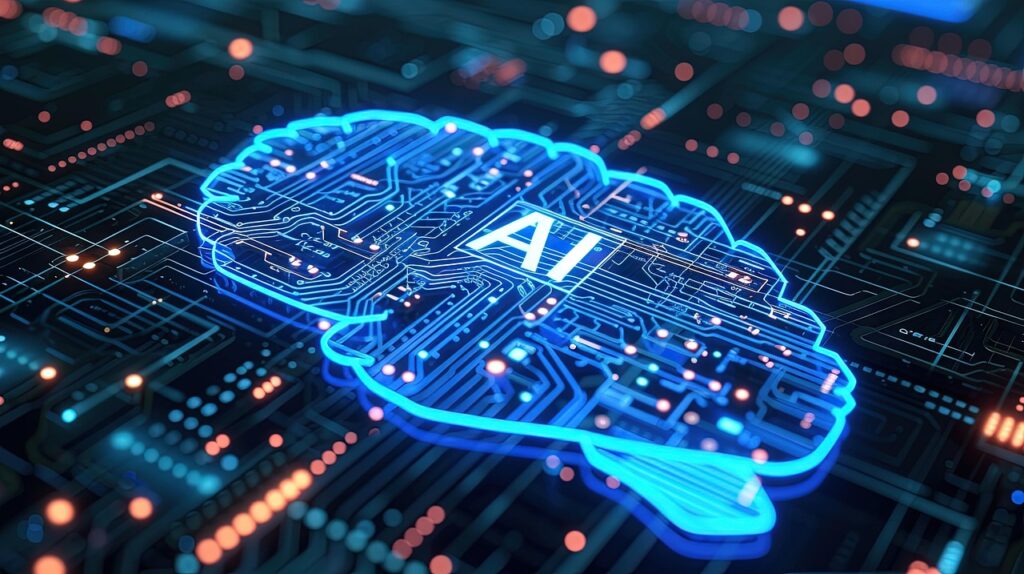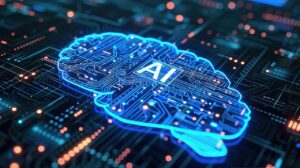Artificial intelligence (AI) is reaching into many areas of our lives and this includes developments within surveillance and monitoring technology.
One aspect of AI, machine learning, has been a feature of advanced surveillance camera systems for some time but is now becoming more sophisticated. This technology is when machines can actively learn and improve their functionality through the use of algorithms.
AI helps security cameras learn from their mistakes
Security cameras therefore can learn what is the correct motion and when they need to notify security personnel of a problem. Humans can support and speed up this process by correcting mistakes. By doing this it means operators will receive fewer false alerts and the surveillance system will become more effective.
Through learning patterns in historical data and analysing real-time inputs the AI-powered analytics can help security professionals to proactively manage situations, such as large events, more successfully. This could be by predicting potential security incidents, identifying suspicious behaviour or detecting potential safety hazards.
Another strength of AI, which is being harnessed in many sectors, is its ability to search through data quickly and to highlight issues to humans. Analysing the data within camera footage using AI means object classifications and facial recognition has become far quicker and more accurate.
Security personnel can focus on dealing with incidents quickly
Increased automation can also help security personnel to focus on critical tasks. The advanced analytics technology allows security professionals to track individuals or vehicles, identify suspicious behaviours, and trigger alerts for potential security threats.
These benefits help security professionals deal with incidents more efficiently in real time, this could include managing crowds at events or dealing with safety hazards. It might mean if an individual has been reported for a crime like shoplifting and added to a watch list they can be intercepted more quickly allowing the police to take over. However, it also means evidence after an incident can be gathered more quickly.
AI-powered facial recognition algorithms are not only beneficial for surveillance through security cameras but can also be used in access control systems as they allow for the enabling accurate identification and verification of individuals.
Integrating systems improves efficiency
AI-based surveillance and monitoring systems can also be integrated with Internet of Things (IoT) devices such as humidity and temperature sensors to create more comprehensive security systems. This integration enables a more efficient response to security or safety threats.
Like any form of surveillance system there are concerns about privacy and the collection of personal data. Compliance with UK data protection rules is therefore crucial and ensuring footage is not retained longer than required is important.
We are well-established partners of Avigilon, part of Motorola Solutions. Its latest video management software, Avigilon Unity Video 8, combined with the advanced Avigilon H6A cameras which are embedded with AI-powered analytics, takes full advantage of the technology. To find out more get in touch.



